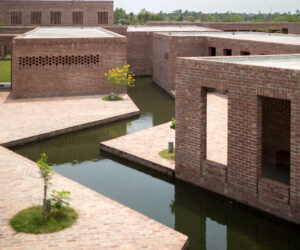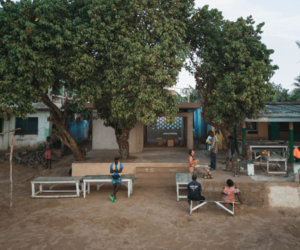Design innovations are blowing in the wind
RMIT researchers are using state-of-the-art modelling techniques to study the effects of wind on cities, paving the way for design innovations in building, energy harvesting and drone technology.
The turbulence modelling studies will allow engineers to optimise the shape of buildings, as well as identify areas of rapid airflow within cities that could be used to harvest energy.
Researchers also hope to use the airflow studies to develop more energy efficient drones that use the power of updrafts during flight.
Dr Abdulghani Mohamed, from RMIT’s Unmanned Aircraft Systems research group, said simulations developed by the research team can visualise the shape of updrafts as they developed over buildings and show their variation over time.
“By analysing the interaction of wind with buildings, our research opens new possibilities for improving designs to take better advantage of nature,” he said.
“Buildings can be built to enhance airflow at street level and ventilation, while wind turbines can be precisely positioned in high-speed airflow areas for urban energy harvesting – providing free power for low-energy electronics.
“The airflow simulations will also help us further our work on energy harvesting for micro-sized drones, developing technology that can helping them use updrafts to gain height quicker and fly for longer, without using extra energy.”
Scientists and engineers have traditionally relied on building small-scale city replicas and testing them in wind tunnels to make detailed airflow predictions.
This time-consuming and expensive process is being gradually replaced with numerical flow simulations, also known as Computational Fluid Dynamics (CFD).
The researchers – Mohamed, Professor Simon Watkins (RMIT), Dr Robert Carrese (LEAP Australia) and Professor David Fletcher (University of Sydney) – created a CFD model to accurately predict the highly complex and dynamic airflow field around buildings at RMIT’s Bundoora campus west, in Melbourne’s north.
The simulation was validated using a series of full and model-scale experiments, with the results published in the prestigious Journal of Wind Engineering and Industrial Aerodynamics.
The next stage in the research will involve an extensive flight test campaign to further prove the feasibility of the concept of long endurance micro-sized drones, for use in a number of industries including structural monitoring, land surveying, mobile temporary networks and pollution tracking.


